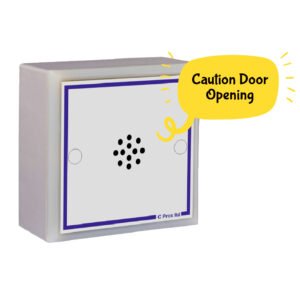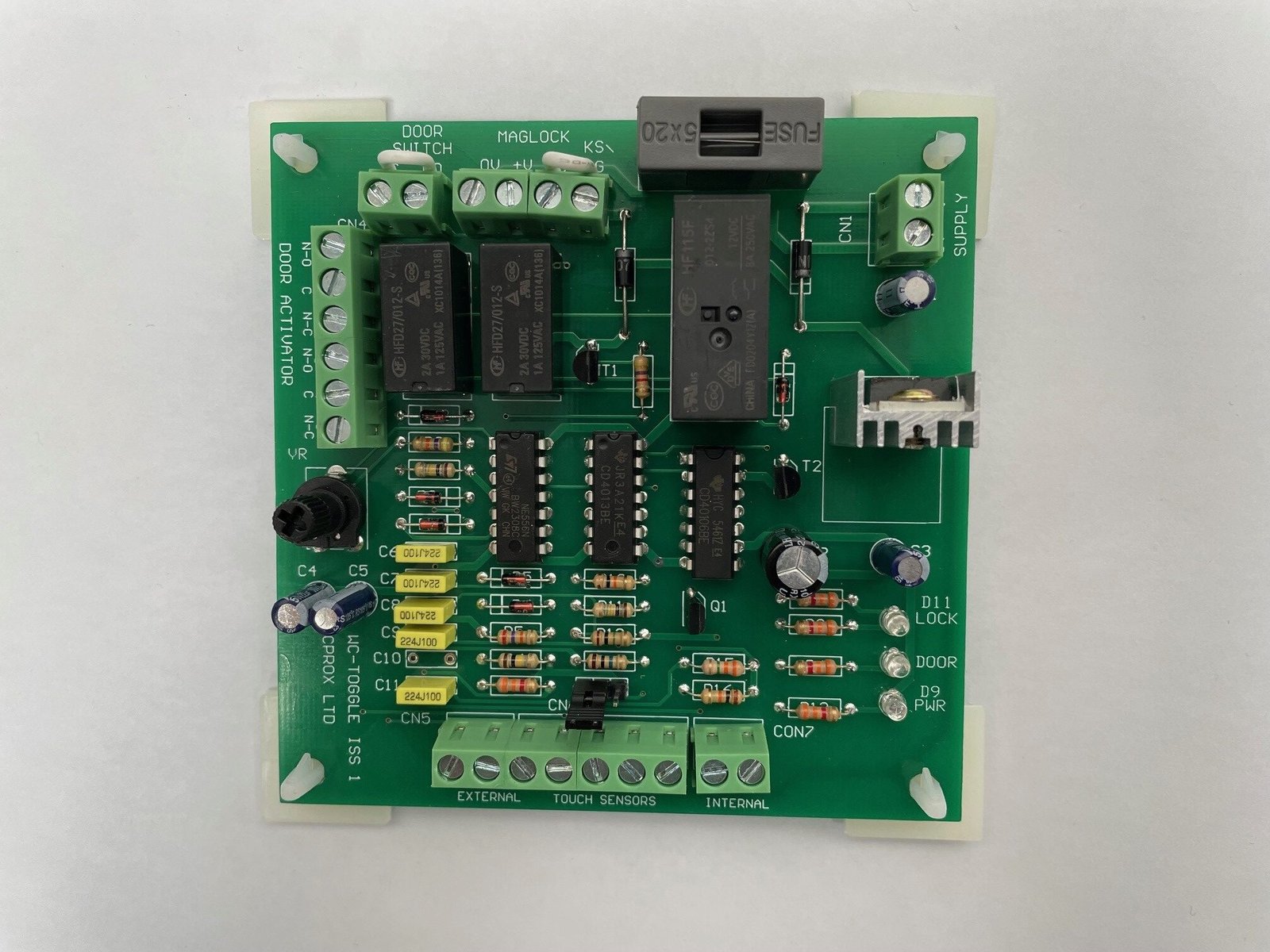Disabled Toilet System Control Board WCPCB
£99.48
Disabled Toilet Locking System Control Board
PCB board for disabled toilet locking system. The PCB controls the lock, touch switches and the automatic door operator.
- 12-24Vdc
- Controls the disabled toilet system
- Connections for internal and external touch switches, including LED indicators
- Timed volt free output for automatic door operation
- Magnetic lock output
- Anti-prank contact to prevent misuse
- Contact for emergency break-glass and key switch connection
- PCB dimensions: 100 x 100mm
- Supplied with self adhesive mounting pillars
Excluding Sales Tax | Shipping






BEST PRICE
Prices that are hard to beat!
TRADE ENQUIRIES
Set up an online account or contact us for the current trade prices
GUARANTEED
Next-Day Delivery*
Reviews
You Might Also Like
-

Contactless Toilet Door Kit WCKIT-HAND
Contactless Toilet Door Kit Our touch free disabled persons toilet door opener kit, includes sensors, control...
£352.63Excluding Sales Tax | ShippingBUY NOW -

Hygienic Disabled Persons Toilet Locking System DPTS – WCKIT
Disabled Persons Toilet Locking System DPTS An ideal system for disabled toilet doo...
£352.63Excluding Sales Tax | ShippingBUY NOW -

PC Based Access Control IPNET
PC Based Access Control IPNET ...
£218.71Excluding Sales Tax | ShippingBUY NOW -

Door Finger Guard Protection FSR5000 & FSR6000
Door Finger Guard Protection Finger guards help to improve door...
£92.20Excluding Sales Tax | ShippingBUY NOW -

MP3 Audio Message Announcer for WC Systems SGMP3-3
MP3 Audio Message Announcer for WC Systems SGMP3-3 MP3 Message Player - A great addition to...
£60.82Excluding Sales Tax | ShippingBUY NOW


